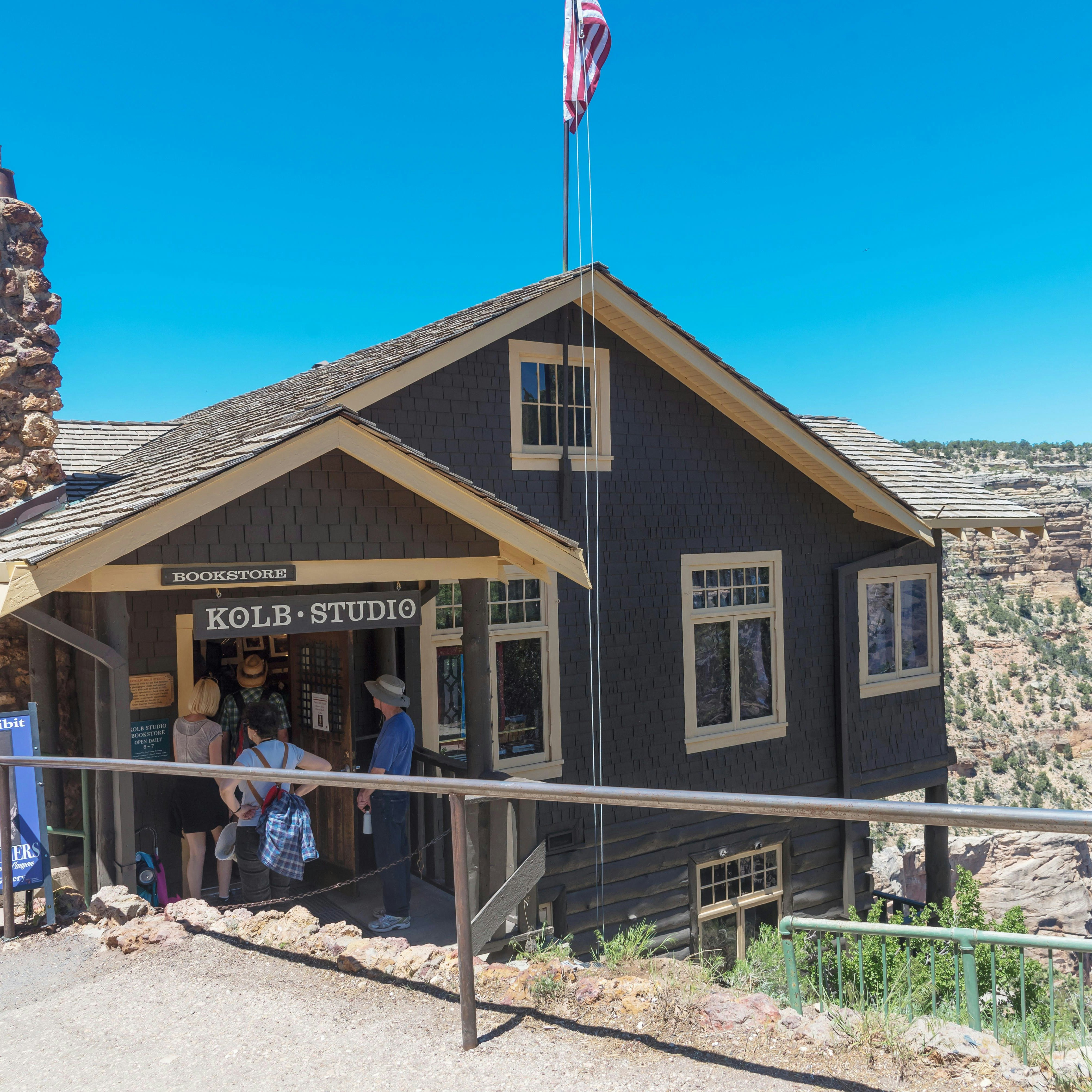

Mark Read
Overview
No matter how much you read about the Grand Canyon or how many photographs you've seen, nothing really prepares you for the sight of it. One of the world's seven natural wonders, it's so startlingly familiar and iconic you can't take your eyes off it. The canyon's immensity, the sheer intensity of light and shadow at sunrise or sunset, even its very age, scream for superlatives.
Leave the planning to a local expert
Experience the real Grand Canyon Region. Let a local expert handle the planning for you.
Must-see attractions
Planning Tools
Expert guidance to help you plan your trip
Day Trips
Sedona is also the best base to explore Northern Arizona. The once-remote ranching settlement is now surrounded by the Coconino National Forest, and it’s the…
Read full article
in partnership with getyourguide














